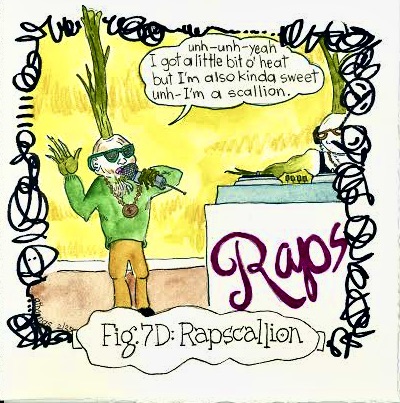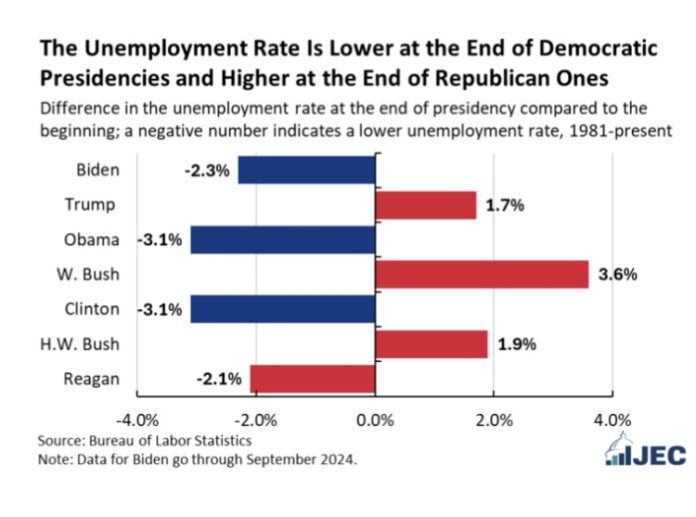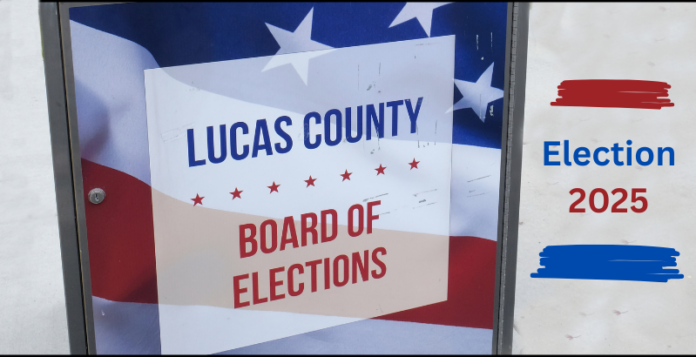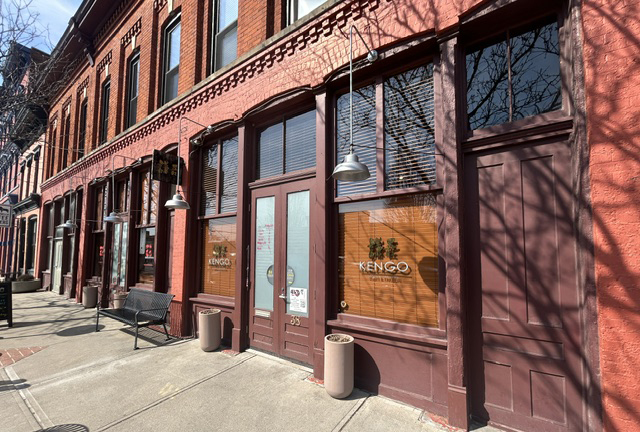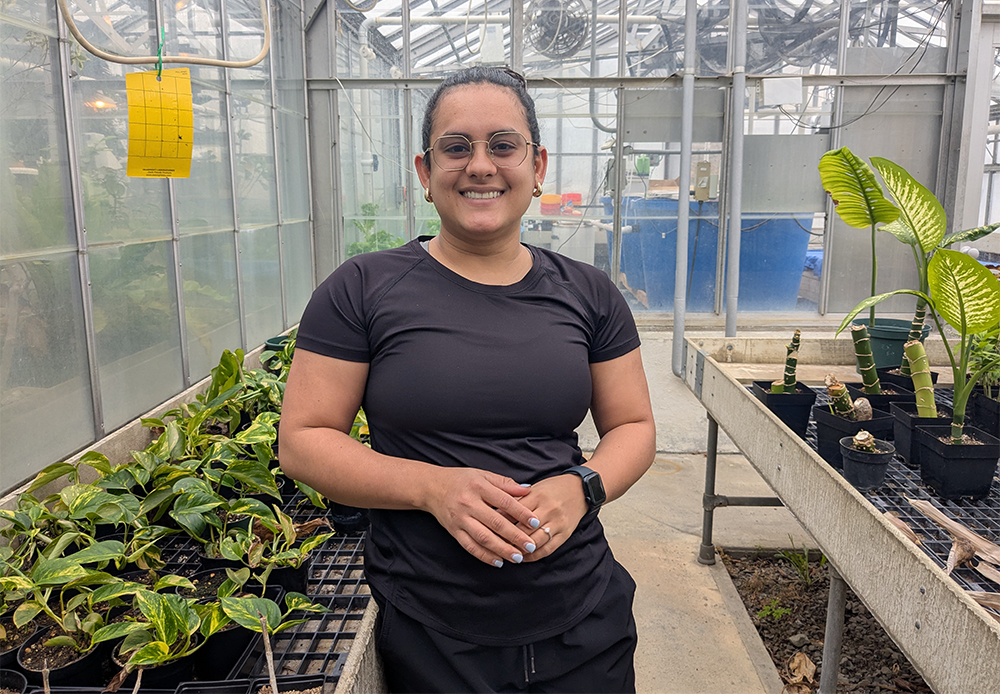American President: Art imitates life
Having endured the most recent presidential election in our great country, I can’t help but think of a scene from the movie, The American President, when President Andrew Shepard (portrayed by Michael Douglas) speaks to the White House press corps about his political presidential opponent – Sen. Bob Rumson (portrayed by Richard Dreyfuss).
At one point in the press conference, Shepard said, “We have serious problems to solve, and we need serious people to solve them. And whatever your particular problem is, I promise you Bob Rumson is not the least bit interested in solving it. He is interested in two things, and two things only: Making you afraid of it and telling you who’s to blame for it.
“That, ladies and gentlemen, is how you win elections. You gather a group of middle age, middle class, middle income voters who remember with longing an easier time, and you talk to them about family and American values and character, and you waive an old photo [showing her burning a flag in protest] of the president’s girlfriend, Sydney Ellen Wade, portrayed by Annette Benning] and you scream about patriotism. You tell them that she’s to blame for their lot in life,” Shepard said.
This is a scene in which Wade could be a substitute for the pillars of the MAGA campaign – immigrants, transgender individuals and the price of eggs.
And voila …. life imitating art. You can find the speech at americanrhetoric.com.
Donald Trump convinced 49 percent of American citizens who showed up to the polls or mailed in a ballot (less than two thirds of the eligible voters in the country – hence the saying bad politicians get elected by good people who don’t vote) that their problems were immigration, transgender athletes and the price of eggs.
Get people to believe that all their troubles are due to immigrants (you remember, other countries “are cleaning out their prisons and insane asylums,” or “you can’t go to buy a loaf of bread without getting mugged or raped,” or, “they are eating your dogs and cats”).
Forget about the fact that there were fewer homicides in 2021 and 2022 under Biden, compared to 2020 when Trump occupied the White House.
Forget about the fact that according to Bloomberg, “On balance, immigrants boost our economy and help to mend our nations broken public finance,” and “Immigrants will add $1.2 trillion to federal revenue over the next decade, about as much as raising everyone’s personal income taxes by one percent. Federal spending [for immigrants] will go up by $300 billion, but the net effect will be a cut in federal borrowing by $900 billion.”
In her debate appearance on national TV, Kamala Harris at times provided some word salad answers, but I would have taken that over a liar who tried to convince the American people in his debate appearance that Haitian immigrants were eating people’s pets in Springfield, Ohio.
I would like to be on the party line (yes, I am old) when the factory owner calls Trump to tell him if he deports all the Haitian immigrants, who are in the United States legally, that there will not be enough workers left in Springfield to get the production out.
Folks, countries that aren’t at least maintaining population are in decline economically. According to the U.S. Census Bureau, deaths will outpace births sometime between 2038 and 2042, about the same time Social Security will not be able to fully meet its obligations to our seniors. In 2023, there were 129,300 babies born in Ohio, the lowest number since the 1950s. Ohio has a projected drop of 675,000 people in population by 2050.
From 2010 to 2020, Ohio saw a net gain in population of 60,000, thanks to immigrants. This was the first decade of gain in immigration in Ohio since the 1950s. These are the folks who will be paying into our Social Security system and the taxes to fund necessary government programs. Unless you are a Native American, we are all immigrants to this country. We are a bunch of mutts.
My grandmother came here when she was three years old from Poland. Yes, there was resistance to immigrants during that period in our history. Ugly and hateful names were given to these tired, poor and huddled masses, but we survived and grew to be the greatest nation on earth.
America does not need to be made great again, for we already are. Despite our faults, we are still the shining light on the hill for the rest of the world, but that is being called into question by our allied democracies across the globe.
But haters continue to hate. They must win elections at all costs. Who else is there to fear and blame?
Trump/Musk and their ilk spent $215 million, according to AD Impact and cited in the Washington Post, in an anti-transgender campaign. Forget about the fact that out of 530,000 NCAA athletes, less than 10 are transgender, according to NCAA president Charlie Baker in his testimony to U.S. senators in February 2025.
But, as FOX News filmed Trump saying, “They take your kid – there are some places, your boy leaves for school and comes back a girl.” Kids dealing with gender identity have enough to worry about already. They do not need the government making their lives tougher. This expensive fear campaign is a tempest in a teapot.
As for the price of eggs…50+ days and counting…no relief in sight.
To quote Shepard in the film, “That, ladies and gentlemen, is how you win elections.” Fear and blame.
If you supported Trump/Musk in this past election because you truly believed the things they made you fear and blame, look at the facts; don’t buy the hype. Remember who we are as a nation and how we got here. Our immigration system is in need of repair. A bipartisan bill offered in the Senate would have gone a long way to fixing the problems with the system. But that would have taken away a major contributor to fear and blame. Mass deportation will not prove to be the answer. It has been tried before, much to America’s shame.
If you knew it wasn’t about immigrants, transgenders or eggs, but allowed yourself to vote for Trump/Musk because you thought it was in your economic self-interest, search your soul and ask if the carnage we are witnessing is worth some hoped for windfall. (No Earl…the check is not coming).
To quote Shepard one final time, “America isn’t easy. America is advanced citizenship. You’ve got to want it bad, cause it’s going to put up a fight.”
Make the effort to learn the facts. The facts won’t fit on a bumper sticker. It won’t be a catchy phrase tested and polled by an expensive ad agency. It will require some “advanced citizenship,” but as Americans, we owe it to each other.
Take the time to learn the facts:
BGSU marching band performs in Dublin, Ireland, breaks travel record
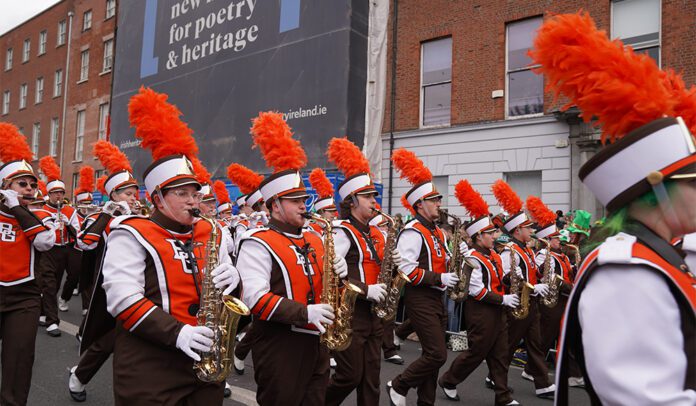
BOWLING GREEN – The Bowling Green State University (BGSU) Marching Band made school history when it traveled to Dublin, Ireland this month to perform in the National St. Patrick’s Day Festival Parade on March 17.
The self-funded trip was the largest international trip any group from the university has ever taken.
Of BGSU’s record 425 members, 300 students, faculty and staff made the trek to perform in the two-mile long parade throughout Ireland’s capital city, which was attended by one million people from countries all over the world, including prominent figures like Prince William and Duchess Kate.

The Falcon marching band, recently recognized as one of the nation’s standout college bands by U.S. News & World Report, was only one of three college bands to perform, and one of 4,000 parade participants.
The trip was not only an opportunity to showcase BGSU’s music program, it was also an educational cultural immersion.
Adventure, or Eachtraí in Gaelic, was the theme of this year’s parade.
The band played several songs as they marched through the streets of Dublin, including Stars and Stripes Forever, Shipping Up To Boston and London Dairy Air.
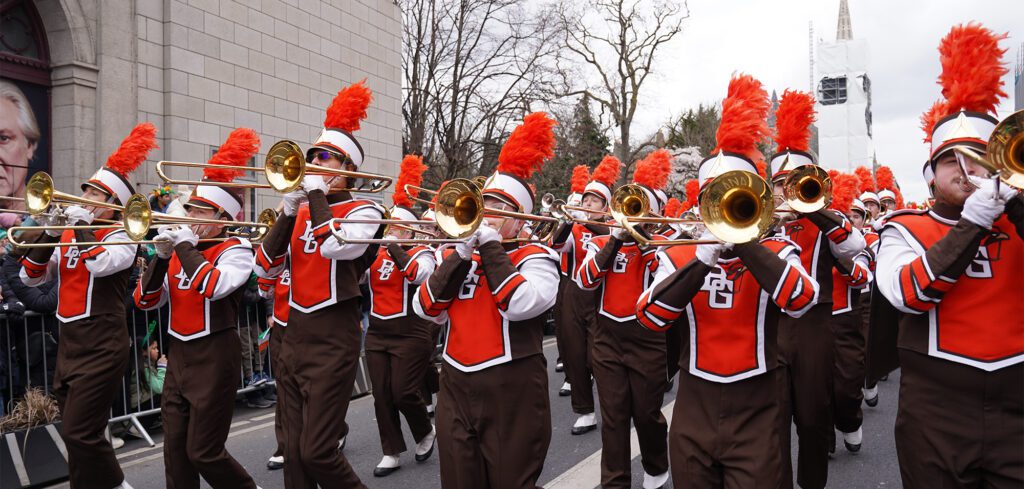
“It was so different. You can’t compare it to anything we’ve ever done … being able to march down and hear however many people chanting ‘BGSU’ with us,” exclaimed trombone player Jonothan Outrich.
Piccolo player Amanda Reed added that some in the crowd were even repeating the band’s cry of “Beat Toledo!”
“To see the joy that music brings to people in a live situation like that was really great and certainly affirming to what we do as musicians,” said BGSU band director Jon Waters.
Waters explained that the band was invited to perform by the parade committee, though they were not the only marching band performing.
“It was a proud moment for me that our band got to show itself, show our great university to so many people across the pond,” Waters said.
The trip not only broke the travel record, the BGSU band also made history by being the first-ever group to perform outside on the grounds of Saint Patrick’s Cathedral in Dublin.
“It was just a beautiful sunny day, and we have a saying with the Falcon Marching Band that ‘the sun always shines on the Falcon Marching Band,’” Waters said.
The band also played in a smaller parade in Celbridge, Ireland, but performing wasn’t all the group did on their trip.
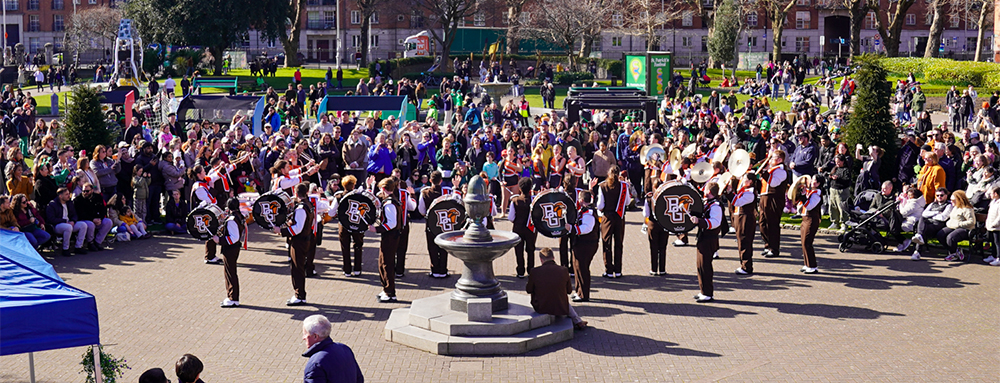
Piccolo player Madison Allman said her favorite part was touring the Blarney Castle and kissing the Blarney Stone.
“Getting to explore that whole area, I wish we would have had a full day there. There was so much to see and do. It was so beautiful,” said Allman, who was lucky enough to celebrate her 21st birthday in Ireland.
While other sightseeing adventures included the Cliffs of Moher and the Epic Museum, Outrich said he most enjoyed just being in the country.
“I had the most fun and the most real experiences just walking down the streets of all the cities we went; walking down Dublin and being able to see street performers, and the shops and authentic Irish things. Those were really cool experiences that you don’t get just by reading or looking at it online,” Outrich said.
Students who went were required to take a two-credit hour class about Irish history and culture, in addition to their rehearsals for the parade.
To see a clip of BGSU’s performance at the parade, click here.
Important dates for Toledo primary, general elections
The Toledo Free Press is dedicated to informing voters about upcoming elections in northwest Ohio.
In the weeks leading up to the City of Toledo’s primary election on May 6, the Toledo Free Press will provide profiles on the stances and platforms of the three Toledo mayoral candidates who have turned in their approved petitions: Incumbent Wade Kapszukiewicz, Roberto Torres and Harold Harris.
The ballot for the May 6th Primary Election for the City of Toledo proceeds as follows:
For Mayor choose one of the three candidates: Wade Kapszukiewicz, Roberto Torres or Harold Harris.
Vote yes or no on Issue 2, a proposed constitutional amendment to the state of Ohio’s constitution. The amendment is “To fund public infrastructure capital improvements by permitting the issuance of general obligation bonds.”
Vote yes or no on Issue 8, a proposed tax levy (replacement). The levy is for the Metropolitan Park District of the Toledo area.
After the primary election, there will only be two choices for mayor in the general election in November. The coverage of the three mayoral candidates will include a Q&A and a track record of applicable experience for the positions.
To vote in the City of Toledo primary election on May 6, voters must register before 9 p.m. on Monday, April 7. The primary election will determine the candidates for the general election for the City of Toledo, held Nov. 4.
The general election will determine Toledo’s mayor, six members of Toledo city council, municipal court clerk and two municipal court judge positions. We will provide continuing election coverage leading up to the general election.
Key election dates:
- March 21 was the first day for military and overseas absentee voting to begin for the primary election.
- Absentee voting by mail for the primary election begins on April 8, and the absentee ballot must be postmarked by May 5 to be considered for the primary election.
- April 8 marks the beginning of early in-person voting for the primary election. Early voting takes place at the Lucas County Board of Elections, located at 3737 W. Sylvania Ave.
Early voting takes place on the following days and times:
- April 8-11: 8 a.m. – 5 p.m.
- April 14-18: 8 a.m. – 5 p.m.
- April 21-25: 8 a.m. – 5 p.m.
- April 28: 7:30 a.m. – 7:30 p.m.
- April 29: 7:30 a.m. – 8:30 p.m.
- April 30 – May 2: 7:30 a.m. – 7:30 p.m.
- May 3: 8 a.m. – 4 p.m.
- May 4: 1 p.m. – 5 p.m.
- May 6: Primary/Special Election: Polls are open from 6:30 a.m. – 7:30 p.m.
- Nov. 7: General election
Absentee ballots may be returned by mail or personally delivered to your county board of elections by May 6: If not returned by mail, absentee ballots must be received by the Lucas County Board of Elections by 7:30 p.m.
Guide to local restaurants
NORTHWEST OHIO- Here is a beginning list of local restaurants in the Toledo area. Do you know of a restaurant we don’t know about or think it should be included? Let us know on our Story Tip Line.
Earth to Oven Bakery & Cafe $
Opened in 2019, Earth to Oven is known for its sandwiches, like their BLT and prescott, which has homemade chicken salad served on Zingerman’s bread. It also has breakfast options, like the breakfast burrito and quiche.
It’s a small bakery with few seating options inside and a nice outdoor area. Along with sandwiches and breakfast burritos, there are also salads and soups, and there is always a soup of the day.
5758 Main St. Sylvania | (419) 824-0683
Open Monday - Saturday from 10 a.m. - 2:30 p.m.
Brim House $$
Brim House is an upscale restaurant located in the Renaissance Downtown Toledo Hotel with views of the Maumee River. Brim House offers many different options, including building your own omelet, avocado toast, steak and eggs. Among the brunch options is the vegan breakfast taco, steak and eggs, and plenty of options on the side, like fresh fruit and turkey sausage, considered healthier than normal sausage.
444 N Summit St., Toledo | (419) 243 - 7664
Open Saturday and Sunday from 7 a.m. to 2 p.m. | Monday - Friday from 6:30 - 11 a.m.
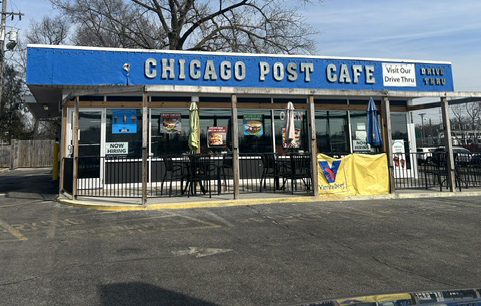
Chicago Post Cafe $
The Chicago Post Cafe is a family owned restaurant with plenty of cheap healthy options for customers. A veggie egg muffin, avocado toast, yogurt, and plenty of egg options are just some of the many breakfast choices on the menu at the Chicago Post Cafe. The lunch menu offers a vegan burger along with soups and sandwiches.
5658 Central Ave., Toledo | (419) 537-2299
Open everyday from 7 a.m. - 3 p.m.
Zingos $$
Zingos is a Mediterranean restaurant with two locations. Zingos offers plenty of healthy options, like salads and sandwiches, and also offers specials for groups. The Junk salad, chicken gyro and feta chicken are some of the most popular healthy dishes. While the Junk salad sounds intimidating, it is loaded with healthy food, like tomatoes, cucumbers, grilled chicken, olives and peppers.
3154 Markway Rd, Toledo | (419) 407-5586
Open 11 a.m. to 3 p.m. Monday - Thursday; 11 a.m. to 8 p.m. on Saturday and Sunday
106 Louisiana Ave, Perrysburg | (419) 872-5800
Open 11 a.m. to 8 p.m. and closed Sundays
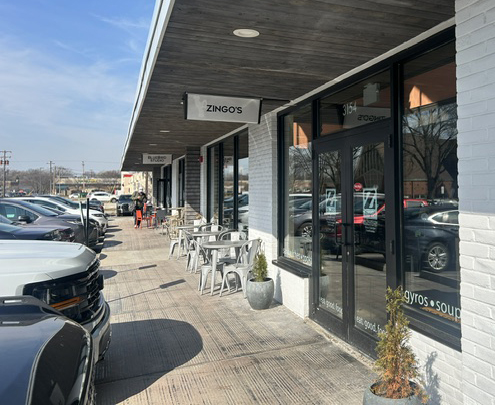
Balance Pan – Asian Grille
Balance Pan – Asian Grille offers a variety of options. Every bowl can be a vegan bowl. On the website it lists the nutrition facts about each order. The wiseman bowl offers a Szechwan sauce with broccoli, carrots, seasonal sprouts, corn and kale. The Thai guy bowl and Bang Bang tacos are among their most popular dishes.
Menu | Balance Pan-Asian Grille
215 N Summit St, Toledo | (419) 243-2222
Open 11 a.m. to 8 p.m. Monday - Friday
Organic Bliss
Organic Bliss is a gluten free deli and bakery located in Toledo. Everything is made from scratch using family recipes with an extensive menu with plenty of options: Salads, soups, and over 20 sandwiches, including the Reuben Tuesday, homemade chicken salad and the Alaskan Sandwich Burger with grilled salmon, romaine, tomato and poppyseed dressing.
3723 King Rd # 200, Toledo | (419) 517 - 7799
Open 10 a.m to 6 p.m. Monday - Friday | 10 a.m. to 5 p.m. Saturdays
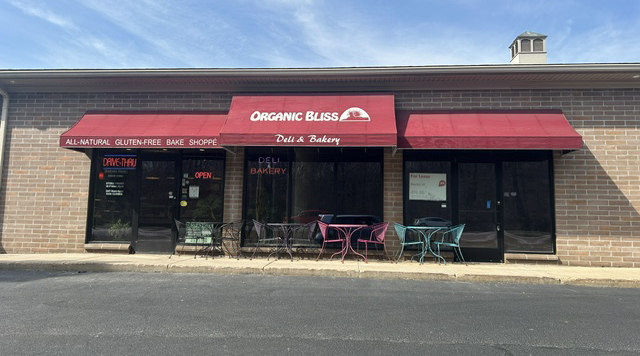
City Egg $$
City Egg, located at Promenade Park, is an inexpensive option, and its open every day for breakfast and lunch. With an avocado omelette, city egg quinoa and a spinach and portabella omelette, the City Egg offers a plethora of options for those wanting a healthy breakfast. The lunch menu features a downtown turkey and avocado sandwich and a chicken club sandwich. There are two other locations in Bowling Green and Columbus.
202 N. Summit St., suite 101, Toledo | (419) 214 - 0174
Open 6:30 - 3 p.m. every day
Salad Galley $
Salad Galley in Oregon offers a cozy and friendly atmosphere with healthy food at a good price. With plenty of options of salads, sandwiches and soups, Salad Galley also offers a catering service and delivers. Fruit salad, Tana pasta salad and Sante Fe Chicken highlight the salad menu. Each soup is homemade and the options change daily.
3023 Navarre Ave, Oregon | (419) 691 - 4888
Open 10 a.m. - 7 p.m. Monday - Saturday
The Standard Restaurant $$$$
The Standard Restaurant is a high end American Bistro off of Monroe. The Standard Restaurant’s most expensive but also most popular dish is the Filet. Salmon, Sea bass are some of the other most popular items on the menu. Mussels highlight the appetizer menu along with the carpaccio.
5333 Monroe St Suite 22/23, Toledo | (419) 318 - 3303
Open 4 p.m. - 9 p.m. Sunday - Thursday | 4 p.m. - 10 p.m. Friday - Saturday
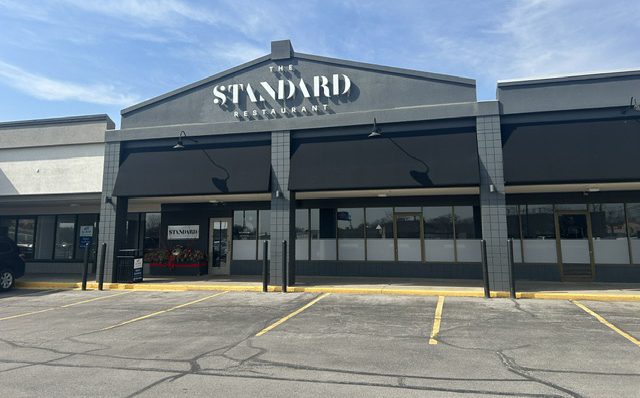
Kengo Sushi & Yakitori $$$$
Kengo Sushi & Yakitori offers an omakase dining experience at a five person bar. Omakase is offered in 2 windows. One window at 6p.m. and the other at 8p.m. Reservations are only accepted for omakase. Kengo offers vegan options as well as ribeye, chicken crab, and an assortment of sushi options.
38 S St Clair St, Toledo | (419) 214 - 0574
Open 5 p.m. - 10 p.m. Tuesday - Saturday

